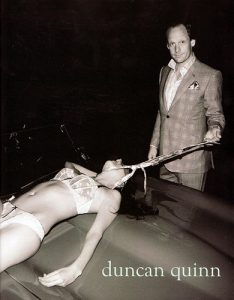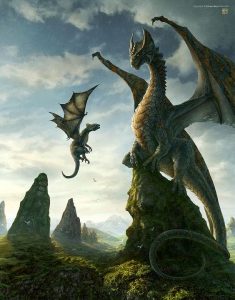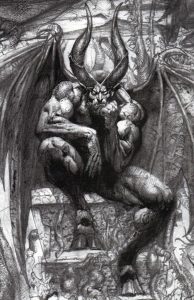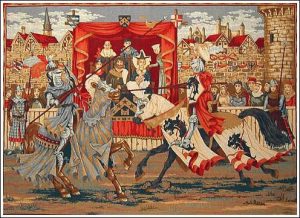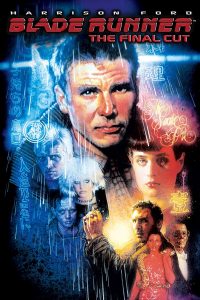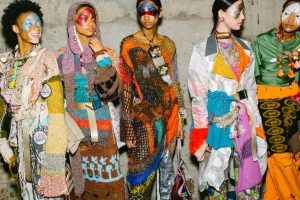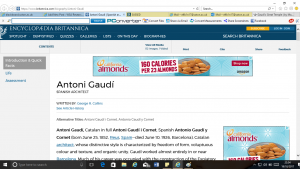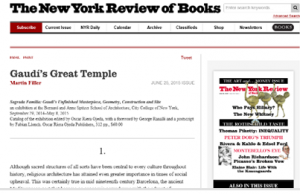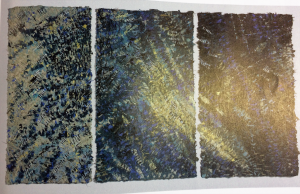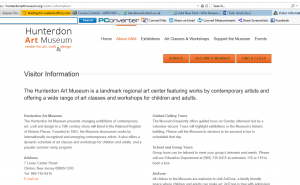Throughout this module, I have found many aspects useful and interesting. Having completed this module, I find that I am more confident when doing research for my projects. Both individually and as a whole, the tasks have aided me in many ways. Task 1/2 helped me understand both the meaning and distinction between primary and secondary research. Making me aware of the importance it is to vary your research. Academic Integrity, stated the importance and the issues with plagiarism and the importance of referencing. It has helped me think about my work and where I get my ideas from, how I use these ideas. It has taught me how to reference my work in the correct manner. Visual referencing, allowed me to recognise where designers get their inspiration from. By understanding how to break down a piece of work to see where they got their ideas, how these ideas link to their work, will allow me to take my research to a more in-depth level. Reflective Writing was one which at the start I really struggled with. It takes me a while to sit down and read something, therefore at first, I felt a bit intimidated by the text. It took me a while to get use to the style and wording of it. Once I read it over for a second time; analysed the text, it was unexpectedly thought-provoking and stimulating. The issues and points it raises, made me contemplate and understand the meaning of fashion, how it can be seen in many ways. I have learnt a lot from writing about the text, in a way which I thought about what points/ issues raised more concern and how to break down and evaluate the reading. The last task of this module; Ethical Issues, was the most fascinating and thought provoking for me. It allowed me to think beyond an image, see what the industry is advertising and the measures it takes in order to sell its products. I felt that I had passionate and strong views on the image (Duncan Quinn).
Things that I need to concentrate and improve on, is that I need to work on my time management, not leave tasks to the last minute. Furthermore, I need to get more familiar with the way the blog works so that I can make my work more visually pleasing. Now that I feel more confident with looking and collecting research, I need to make more use of the libraries resources.
Overall, I have enjoyed this module and I have benefitted from it. I now consider many aspects, such as ethical issues, plagiarism, primary/secondary sources when doing my research for projects.

